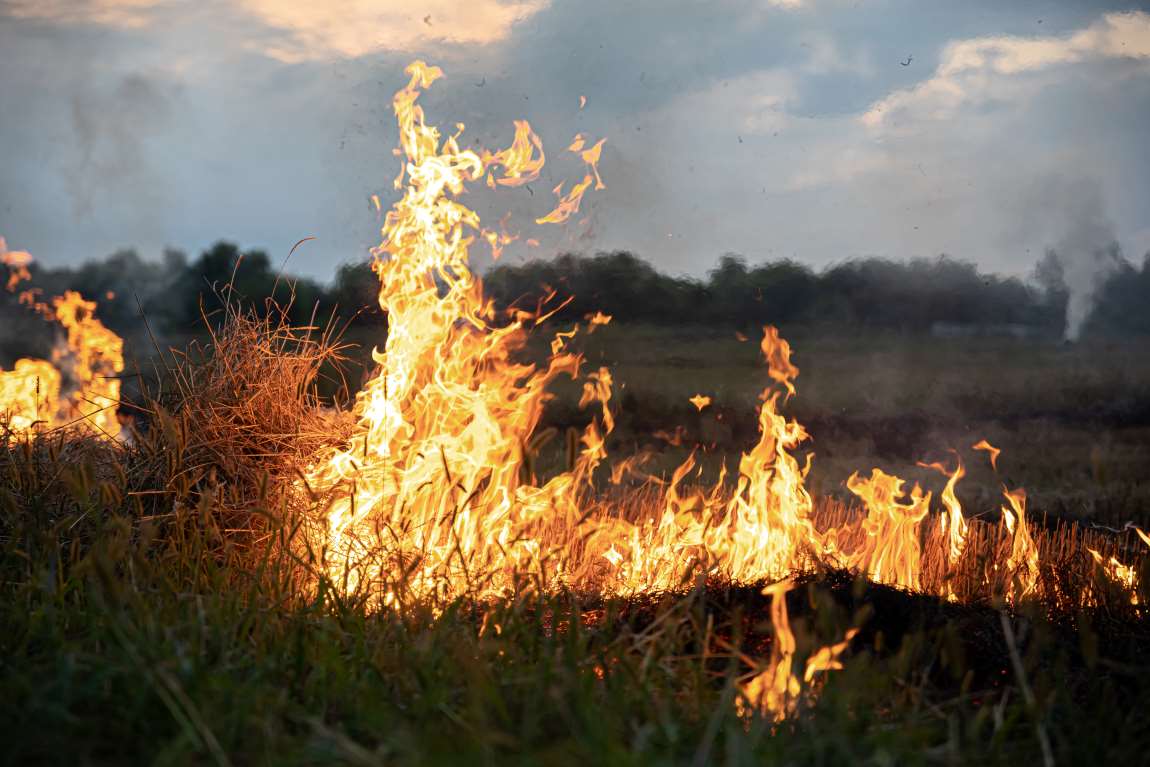New Delhi, India | AFP – The illegal burning of farm fields in northern India reached a record high this season, fuelling a toxic smog choking millions including in the capital New Delhi, government monitors said Tuesday.
The northern state of Punjab — an agriculture hub often dubbed as “India’s wheat bowl” — recorded 1,251 farm fires on Monday, according to the government-run Punjab Remote Sensing Centre.
Tens of thousands of farmers around the capital in Punjab and Haryana states burn their crop residue at the start of every winter, clearing fields from recently harvested rice to make way for wheat.
The practice is banned but law enforcement is lax, and it remains the cheapest and quickest way for farmers to prepare their fields for the next growing season.
India is the world’s biggest exporter of rice and a major exporter of wheat.
Since September, Punjab has recorded 9,655 farm fires. The previous highest number on a single day was 730, which was recorded on November 8.
On Monday, when the most fires were recorded, levels of PM2.5 pollutants — dangerous cancer-causing microparticles that enter the bloodstream through the lungs — surged past 60 times the World Health Organization’s recommended daily maximum in New Delhi.
Farmers are a powerful voting bloc and remain defiant about their role in the smog, saying they cannot switch to more expensive methods without substantial government support.
The ash-grey smoke from the fires contributes to the blanket of hazardous smog that settles on New Delhi every winter when cooler air traps pollutants close to the ground.
Various piecemeal government initiatives have failed to measurably address the problem, with the smog blamed for thousands of premature deaths each year and particularly impacting the health of children and the elderly.
City authorities on Tuesday extended an order for all schools to switch to online classes for all students, and added to restrictions on diesel-powered trucks and construction in a bid to ease the smog.
Authorities hope by keeping children at home, traffic will be reduced.
On Tuesday, air quality had slightly improved, with PM2.5 pollutant levels hitting 309 micrograms per cubic metre in New Delhi, according to IQAir pollution monitors, 20 times higher than the WHO daily safe limit.
A report by The New York Times this month, based on samples collected over five years, revealed dangerous fumes also spewing from a power plant incinerating rubbish from the capital’s landfill garbage mountains.
abh/pjm/sco
© Agence France-Presse
Featured image credit: pvproductions | Freepik




